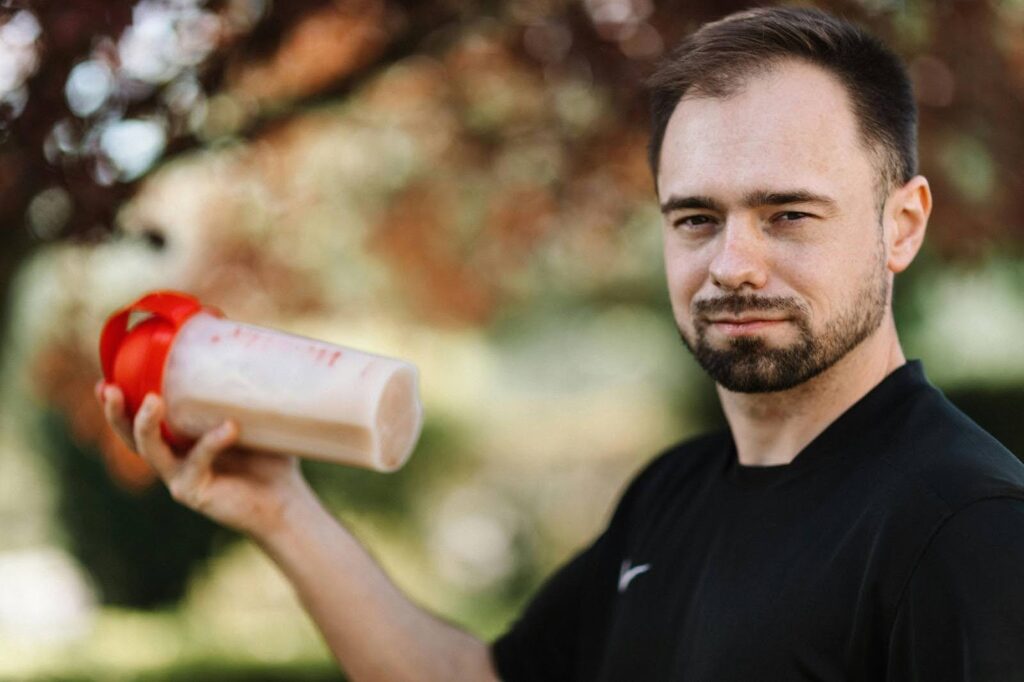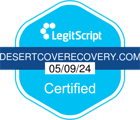
Why Long-Term Treatment is the Key to Recovery From Heroin Use Disorder
It’s tough to predict an individual’s response to addiction treatment. Depending on the substance used, the user’s unique medical history, and his or her response to withdrawal, it’s not clear how long it will be before a former user is officially in recovery. But scientists know that even after successful withdrawal from heroin use, cravings and feelings of being unwell can last for up to six months. Successful recovery typically requires a long-term commitment that includes medical-assisted treatment, behavioral therapy, and, occasionally, extended care. Let’s learn more about heroin rehab in Arizona and what might be involved in care.
Please note that the use of any of the recovery medications mentioned below is not a blanket recovery strategy and instead the costs/benefits must be considered by the medical team for each individual.
Heroin Rehab and Medical-Assisted Treatment (MAT)
When someone who has developed a physical dependence on heroin stops taking the drug, they can experience several withdrawal symptoms, including:
- Nausea and vomiting
- Diarrhea
- Sweating
- Muscle aches
- Irregular heartbeat
- Anxiety
- Depression
The severity of these symptoms may require medication that will reduce the potency of these symptoms. Additionally, intense cravings can accompany withdrawal symptoms, and there are approved medications that can ease those cravings and lessen the chance for relapse.
Medications used to treat heroin addiction activate the same opioid receptors as the drug itself. But they do so in ways that either produce a weaker response or block rewarding effects. The National Institute on Drug Abuse indicates that MAT can increase treatment success in the long-term. Medical professionals prescribe the type of medication based on a patient’s specific needs, and they must either be administered in a treatment clinic or prescribed for at-home use.
Methadone
Methadone has been used for years (since the 1960s) to treat heroin addiction. It’s known as an agonist, which means it binds to opioid receptors and works similarly to heroin. But because It’s slow-acting, any “high” is dampened. It can be started before the patient experiences any withdrawal symptoms but must be taken daily in pill form. Methadone is often recommended for patients who cannot tolerate or do not respond to other category medications. However, it’s still highly addictive and must be monitored carefully by medical professionals.
Buprenorphine
Buprenorphine is a partial opioid agonist, which means it activates opioid receptors but produces a lesser effect. It’s typically combined with an antagonist (which blocks the receptors and the rewarding effects) in the form of a singular medication, called Suboxone, which can be swallowed or used sublingually. The active antagonist in Suboxone is naloxone, which prevents someone from trying to inject the medication to get high. Patients who use Suboxone do not need to visit a treatment clinic to get the medication, as they do with methadone.
Naltrexone
Naltrexone is an antagonist but is only effective when used in a long-acting injectable form (taken once every four weeks). It may take a long time to experience the benefits of naltrexone. Since it interacts with two different kinds of opioid receptors – some mediate pain, and others cause discomfort – some do not tolerate it.
Behavioral Therapies Utilized During Heroin Rehab
Recovery from heroin use disorder relies on behavioral approaches to change a patient’s thinking and behavior surrounding their use of the drug.
Cognitive Behavioral Therapy (CBT) can take place individually or within a group. Participants learn to adjust their thinking and develop coping skills that will help them to live a drug-free life once treatment has ended. Groups may include other patients or supportive family members.
Another kind of behavioral therapy is called contingency management, a voucher-based system that rewards patients for negative drug tests. For every negative test, the patient earns points that they can use to buy items associated with healthy, sober living.
Behavioral therapies can teach patients how to avoid triggers and cope with cravings so that there’s less chance of relapse once they complete a treatment program. Therapies can be delivered in either an inpatient or outpatient setting.
Extended Care Heroin Rehab Programs
The effects of heroin withdrawal can last for months. And once physical symptoms stop, there is still more work to do before a person can feel strong in their recovery. Therefore, some patients require extended care after completing an inpatient or outpatient treatment program. Patients may feel as though they can benefit from more therapy and education sessions. Or they may feel that they’re not ready to transition to life beyond treatment fully. Extended care programs can provide further support levels for those people. Extended care can look very much like a traditional outpatient treatment program, or the patient may decide to move into a sober living house for a period of time.
Learn Which Heroin Rehab Treatment Protocol is Best for You or a Loved One
Your path to recovery is as unique as you are. The experienced staff at Desert Cove Recovery can make an accurate assessment of your specific needs and recommend a treatment protocol that ensures the best chance of a long-lasting recovery.
We offer outpatient therapy and extended care to those who’ve already received medical-assisted treatment for a heroin use disorder. We are qualified to make a referral to a local detox facility, if necessary. Please contact us for a consultation, and we can determine how best to treat your disorder. While recovery from heroin addiction may be a long process, you won’t have to face it alone. Desert Cove Recovery can be your ally, educating and supporting you throughout your journey towards sobriety.




